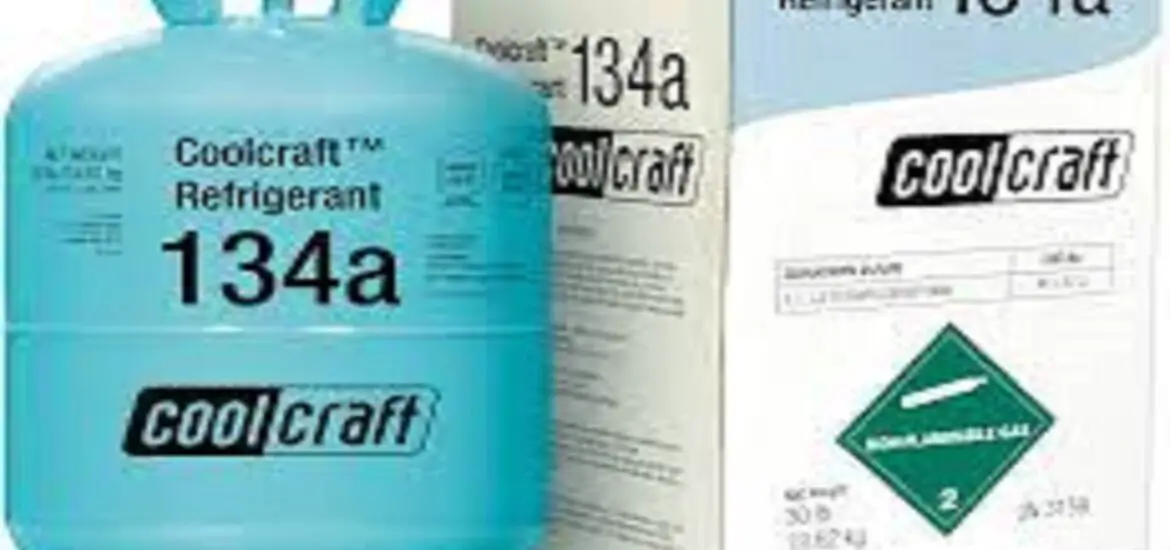Classification of refrigerants, it’s a phrase that gets your gears grinding, doesn’t it? But hang on there, we’re here to take you through it. This guide will break down the complex world of refrigerant classification, a vital cog in the machinery of our refrigeration and air conditioning systems. Ready for a cool journey? Let’s roll!

Table of Contents
Brief Overview of Classification of Refrigerants
Imagine this, refrigerant classification is like sorting out your sock drawer, but instead of socks, we’ve got chemicals that keep our ACs and fridges chillin’. It’s a key process to ensure these systems run efficiently and most importantly, safely.
For more articles like this click here – – Articles on Refrigerants: The Ultimate Guide to Understanding Them
Understanding the Basics of Classification of Refrigerants
Definition of Refrigerants
So, what are these refrigerants we’re talking about? Picture them as the cool dudes of any cooling system. They circulate around, soaking up heat, and making sure everything stays icy cold.
The Need for Classification of Refrigerants
Why classify these cool cats, you ask? Just as you wouldn’t mix up your gym socks with your work socks, refrigerants have different properties and uses. Classifying them helps us pick the right one for the job and maintain safety standards. You wouldn’t want a hazardous chemical lurking in your AC, would you?
The Classification System of Refrigerants
Classification Based on Safety
Firstly, safety’s paramount. We’ve got a system that ranks refrigerants based on their potential hazards, from no recognized danger to seriously dangerous.
Group 1 Refrigerants
Group 1 refrigerants are the safe bet. They have low toxicity and don’t catch fire easily. You’ve probably heard of some of them, like R-134a, a common chap found in car air conditioning.
Group 2 Refrigerants
On the other hand, Group 2 refrigerants are a bit more of a wild card. They have a higher flammability but are still commonly used because they’re efficient. An example? R-290, also known as propane. Yes, the same stuff you use for your BBQ!
Classification Based on Composition and Structure
Beyond safety, we also classify refrigerants based on their chemical makeup and structure. This helps us understand how they’ll behave in different conditions.
Single Component Refrigerants
Single component refrigerants are like the lone wolves of the refrigerant world. They’re made up of just one type of molecule, like R-600a or isobutane. They’re pretty predictable, and we like that about them.
Blend Refrigerants
Blend refrigerants, on the flip side, are a mix of different molecules. Think of them as the dream teams of refrigerants, each member bringing something unique to the table. A good example is R-410A, a blend used in many home air conditioners.
Impact of Refrigerant Classification on System Design
Designing Systems for Different Refrigerant Classes
It’s like choosing a dance partner. You’ve got to know their moves, their rhythm, and their quirks to make the dance smooth. Systems designed for Group 1 refrigerants might need different materials or safety features compared to those designed for Group 2. So, the design needs to be in harmony with the refrigerant’s properties. It’s not rocket science, but it is cool science!
Safety Measures for Different Refrigerant Classes
Just like we treat a pet cat differently from a wild tiger, different classes of refrigerants require unique safety measures. For instance, high flammability refrigerants need to be handled with extra care to avoid accidents. It’s all about knowing your refrigerant and treating it right, just like how you’d handle a rare piece of vinyl or a vintage comic book.
Future Trends in Refrigerant Classification
Emerging Refrigerants and Their Classes
Just like fashion trends, the world of refrigerants is always changing. There’s a new wave of refrigerants emerging, designed to be more eco-friendly and efficient. So, what does this mean for our classification system? Well, it’s got to keep up with the times and accommodate these new kids on the block!
Impact of Environmental Regulations on Classification of Refrigerants
Environmental regulations are like the strict parents of the refrigerant world. They dictate what can and can’t be used, based on the refrigerant’s environmental impact. These regulations are shaking up the refrigerant classification system, driving the move towards greener alternatives. It’s a complex dance between technology, regulation, and the environment, isn’t it?
Conclusion
Recap of Refrigerant Classification
So, what’s the big takeaway here? Classification of refrigerants isn’t just for scientists in white lab coats. It’s a vital part of how our cooling systems work, impacting everything from safety to environmental sustainability. And as our world changes, so too will the way we classify refrigerants. So, stay cool, and keep an eye on this space!